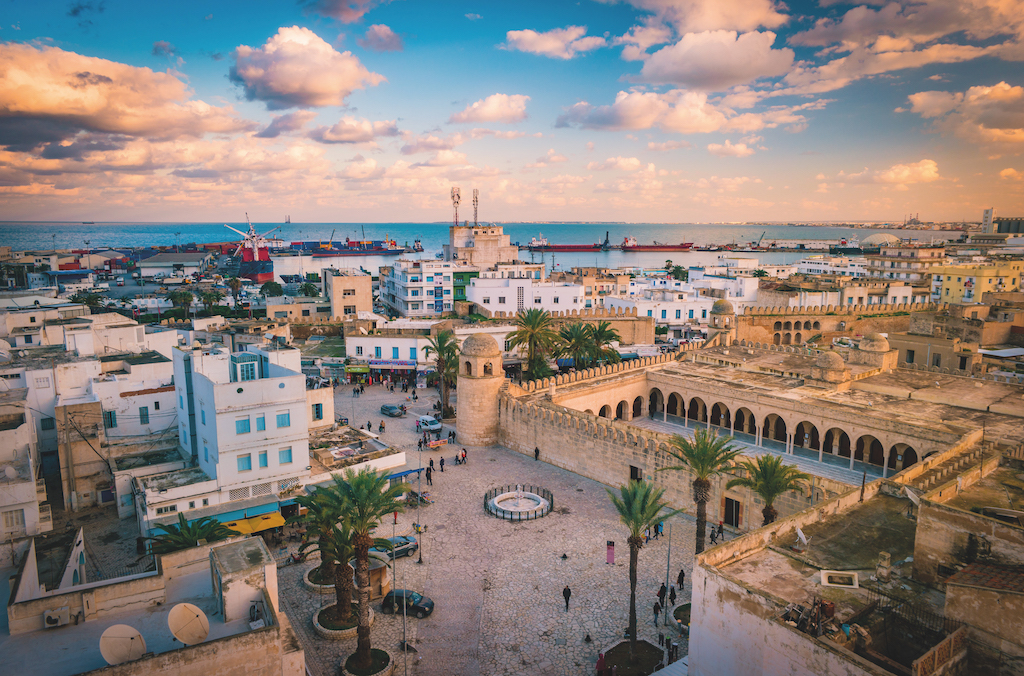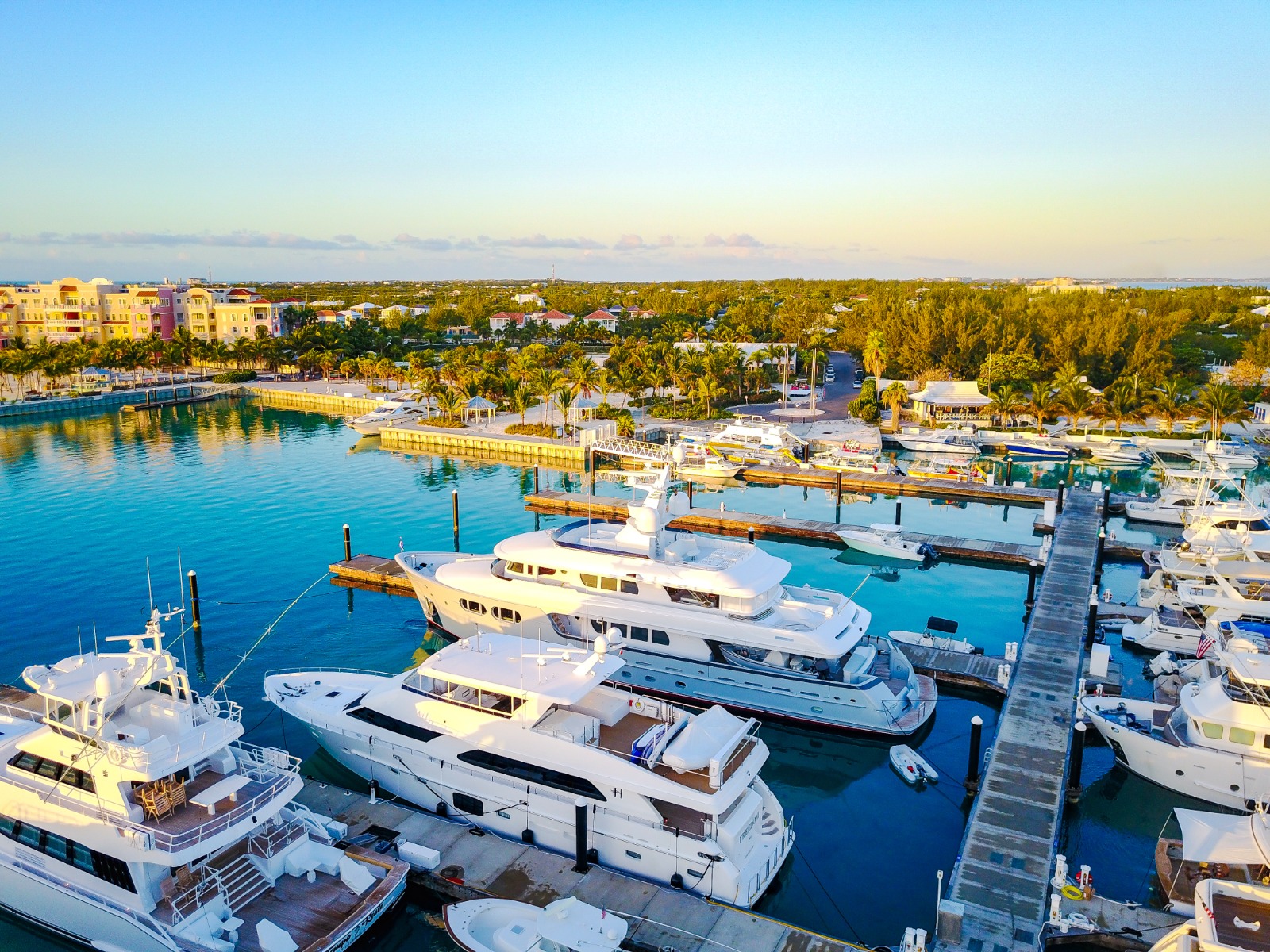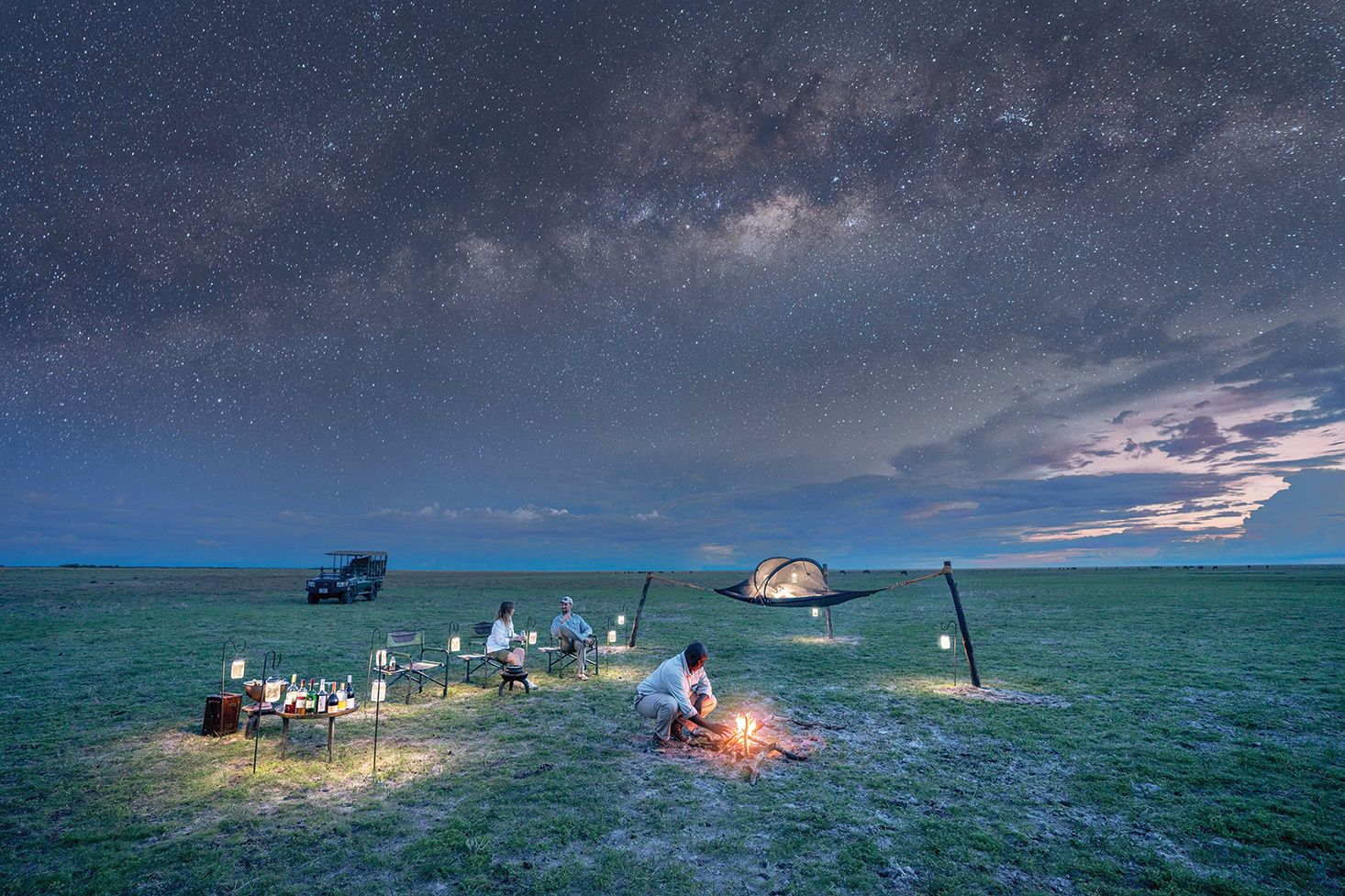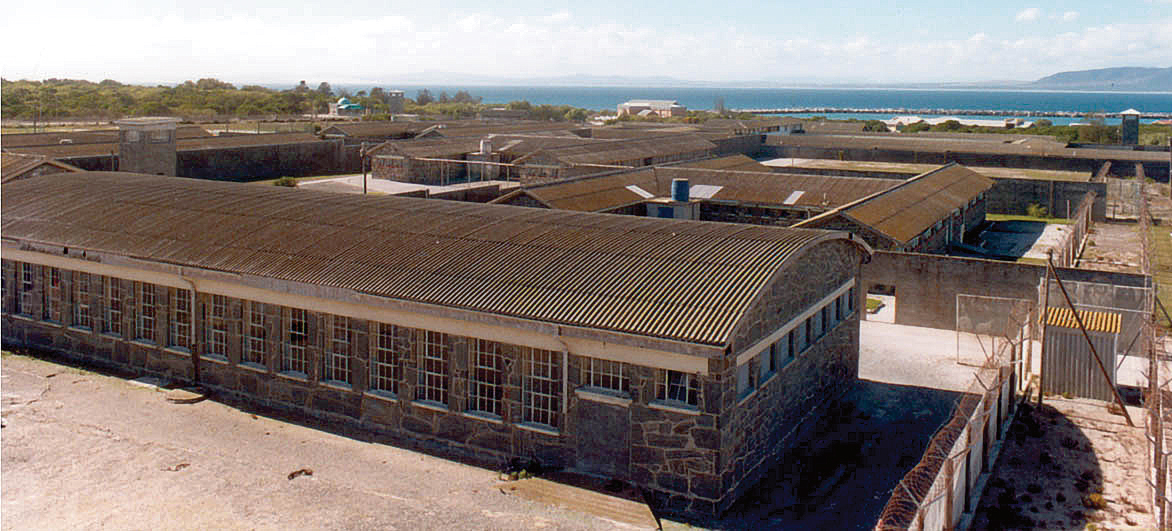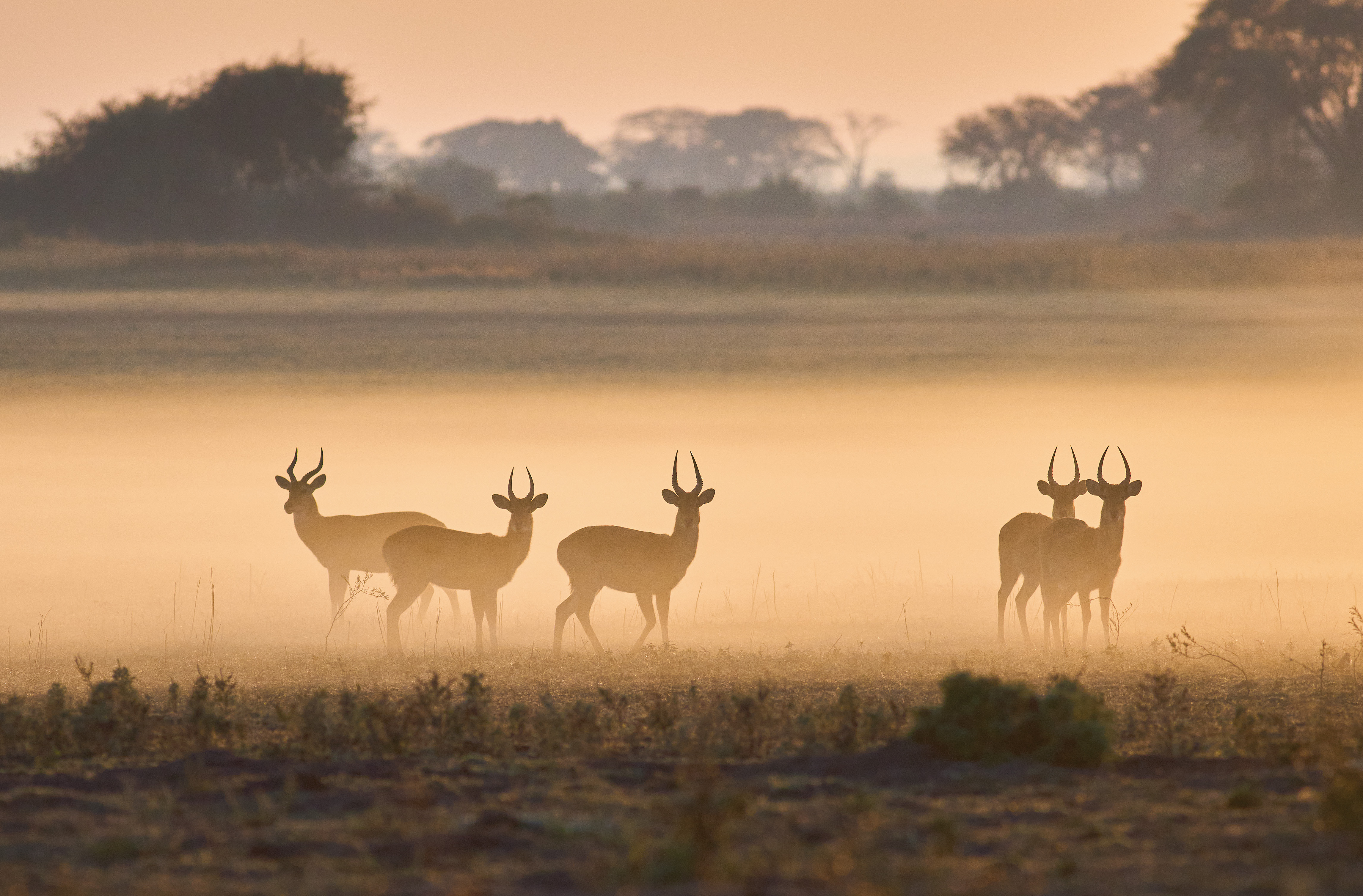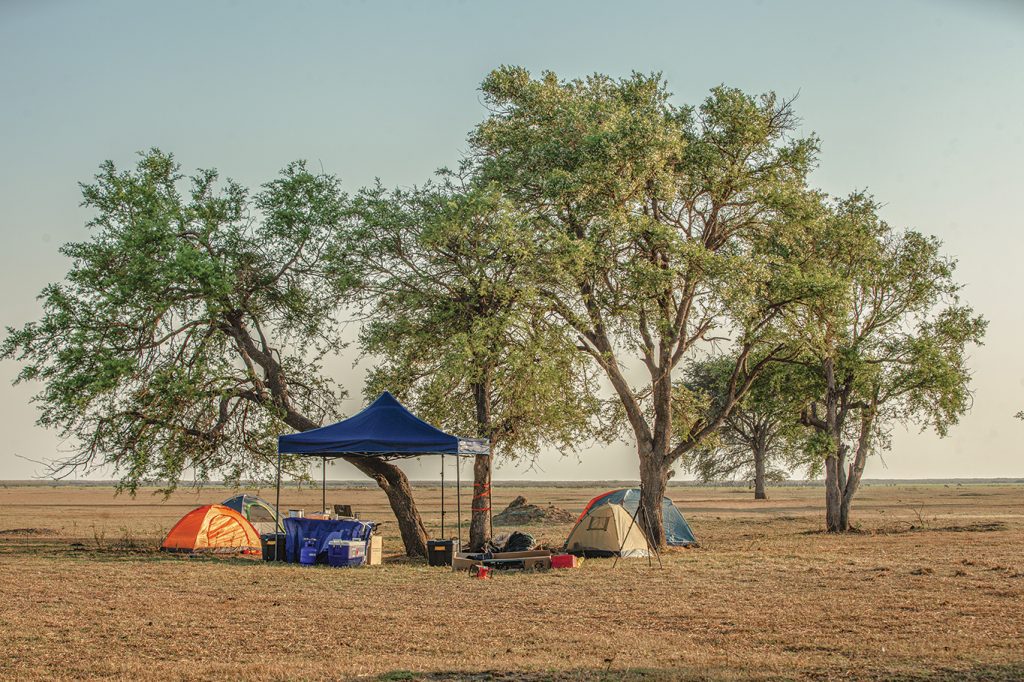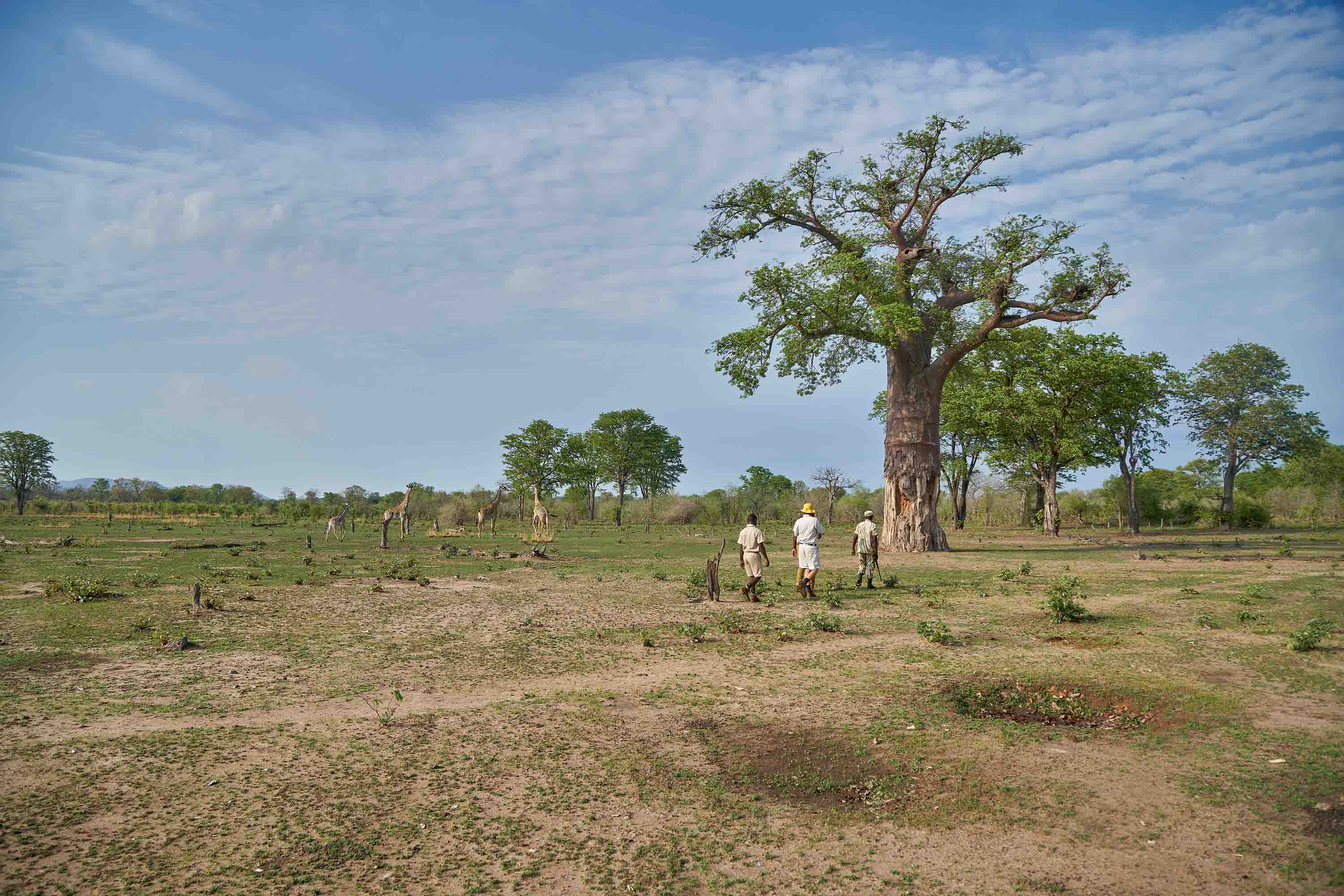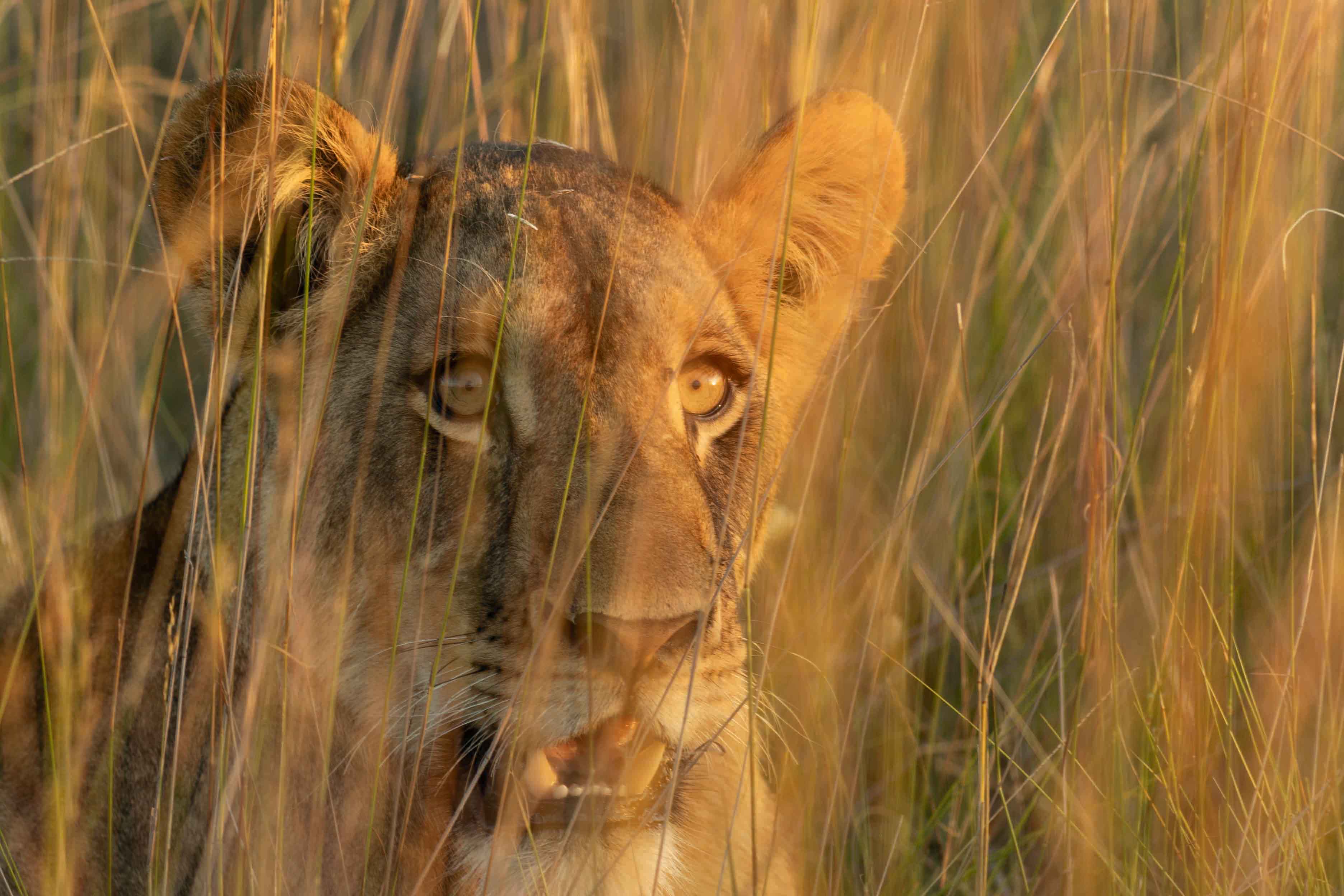Fun facts
- Tunisia is among the top five producers of olive oil in the world.
- Cape Angela in Bizerte, Tunisia is the northernmost point on the African continent.
- The largest crocodile farm in the Mediterranean region is found on the Tunisian island of Djerba.
- Tunisia may not have world famous wine regions but it has produced wine for over 2,000 years and its unique varieties are not to be missed by oenophiles.
- Four of the films in the Star Wars franchise, as well as Gladiator, Raiders of the Lost Ark and Monty Python’s Life of Brian were partially filmed in Tunisia.
North Africa’s tourism sector is dominated by Morocco and Egypt, countries which take the lion share of visitors. Tunisia is easily accessible yet remains under the radar in comparison to the aforementioned countries. This is not to say the Tunisia is not popular among tourists – visitor numbers are increasing, with record highs in 2018. Visitors go for the gorgeous beaches, Mediterranean climate, history and Roman era ruins, the rich and complex culture, festivals, and relative affordability.
Long holding historical and political significance, it contains relics of ancient times. In modern times Tunisia continues to make its mark in the history books with its Jasmine Revolution that went on to spark the Arab Spring across North Africa and the Middle East.
Tunisia is the smallest country in North Africa and also the most northerly country in Africa. The small country packs a variety of landscapes from dramatic coastal cliffs, beaches, mountains, olive groves and desert lands and oases. Many Hollywood hits and cult classics were filmed in Tunisia and cinephiles can plan their trip around the sights where these films were made. You can have your pick of a number of resort towns, stay in the caves of Matmata, revel in the ancient sites of Tunis and El Jem, camp out on the sands of the Sahara or visit the holy city of Kairouan. What is covered here is only a fraction of what Tunisia has to offer.
Tunis
Just inland of the Mediterranean Sea, Tunis is a great place to start your Tunisian adventure and a preferred launch pad from which to venture out into other parts of the country. Much of life in the Tunisian capital revolves around the sprawling Medina, which dates back to the 7th century. Here you’ll find souks selling everything under the sun, cafes, mosques (Zitouna Mosque among them) and lavish palaces. Two streets in particular, Rue du Pacha and Rue Sidi Brahim are known for their architecture. However, you’ll find that other parts of Tunis and indeed other parts of Tunisia have a wealth of buildings to entrance architecture lovers. While in Tunis take the tram to avoid the traffic.
In Tunis you can visit the Bardo Museum (known for its exquisite collection of mosaic art), Parc du Belvédère and the Museum of Modern Art, the portside suburb of La Goulette and also experience the Tunis Medina Festival.
Only 20 kilometres outside of Tunis is Sidi Bou Said. It’s a quiet cliff-top town and isn’t overly touristy. It’s known for its distinct blue and white buildings and picture perfect azure waters and is a popular holiday destination for Tunisians. You’ll be hard pressed to find a more beautiful location in the country.
Carthage
Carthage is one of Tunis’ most exclusive and affluent suburbs. It has trendy cafes and restaurants and great shopping. It’s also host to the International Festival of Carthage and the Presidential Palace. It’s an ideal place to enjoy modern Tunisia and city life but Carthage also has a storied ancient past.
Carthage, founded in the 9th century BC, was an ancient Phoenician city and later one of ancient Rome’s most important colonies. History and archaeology enthusiasts will enjoy exploring the vestiges of the Roman and Phoenician civilisations at the Carthage Museum, the Antonine Baths, the Sanctuary of Tophet (a sacred site for the Phoenicians), remnants of ancient homes and villas and theatres. Look out for the stunning Acropolium, also known as St Peter’s Cathedral, built on the ruins of a Phoenician temple.
El Jem
You probably know of the world famous Colosseum in Rome but the equally impressive Amphitheatre of El Jem (also spelt El Djem) is not nearly as well known. The Amphitheatre of El Jem was built by the Romans and today is a UNESCO World Heritage Site. It was the site of chariot races and gladiator battles, among other forms of entertainment. The town of El Jem, formerly known as Thysdrus, like Carthage, was an important part of the Roman Empire and has a remarkable selection of ancient ruins. El Jem has a smaller, lesser known and older amphitheatre which is much less whole but still worth a visit.
EL Jem is an ideal place to experience the Tunisian countryside. It has a number of restaurants (including Restaurant Le Bonheur), an archaeological museum, is surrounded by olive groves and plays host to the El Jem International Symphonic Music Festival.
El Jem is half way between the towns of Sousse and Sfax and visitors often combine the three locations during their visit to Tunisia. Sousse and Sfax are known for their beaches, shopping and architecture among other things. Sfax also holds a festival where both local and international musicians perform.
Djerba
Djerba is an island off the coast of Tunisia (only five kilometres from the mainland) known not only for its beaches and idyllic whitewashed buildings but also as a bastion of multiculturalism with Arabs, Berbers and Jews living together harmoniously. Though Tunisia is mostly Muslim, Djerba is home to a significant Jewish population and also one of the largest and most vibrant Jewish populations in the Middle East and North Africa. Djerba also has the oldest synagogue in Africa, El Ghriba.
Other top attractions include the Guellala Museum, Ras Rmel (aka Flamingo Island), Midoun (a town known for its bustling markets and restaurant scene), Saint Joseph Cathedral, the Houmt Souk Medina and the largest crocodile farm in the Mediterranean region.
Dunes and peaks
Most travellers to Tunisia seek a beach getaway but those seeking desert and mountain adventures won’t be disappointed. The southern town of Douz is the preferred place to start your Sahara adventure. One can journey into the desert in a 4×4, on a quad bike, on horseback or by camel. Both short and longer trips which involve camping out in the desert are available through various tour operators. Highlights include the Grand Erg Oriental (a vast area of large sand dunes) and the Ksar Ghilane oasis surrounded by palm trees and containing a thermal hot spring with inviting waters.
Chaambi Mountain is the highest peak in Tunisia. It forms part of the Atlas Mountains, a mountain range covering Morocco, Algeria and Tunisia. Hiking through the canyons of the Atlas Mountains will be an exhilarating experience and a complete contrast to Tunisia’s cities and beach resorts.
